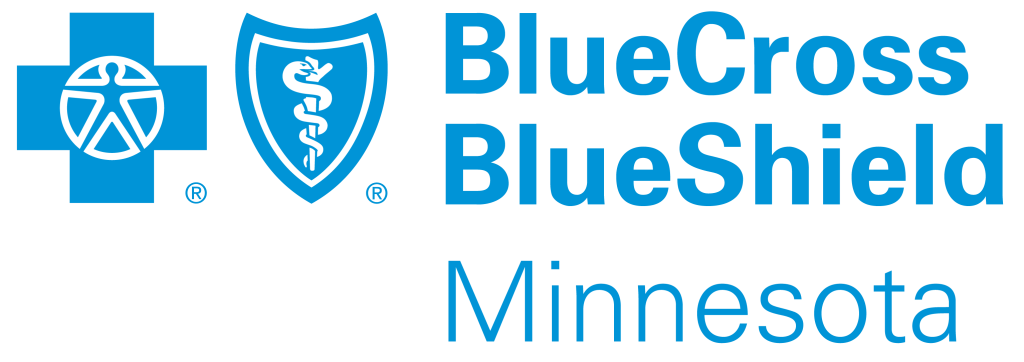Each year, it’s important to keep preventive screenings and routine doctor visits top of mind. Taking a proactive approach to your health and wellness can help you manage chronic conditions, avoid future illness, and be prepared for anything that lies ahead.
The checklist on the following pages will help you track some of the most important screenings throughout the year. Talk to your doctor about additional checkups that might be needed.
❑ MEDICARE IN-HOME OR VIRTUAL WELLNESS VISIT
Your plan offers the option to complete a wellness visit at home, if you have a device with a camera and Internet access. You’re eligible to have a nurse practitioner or doctor from our independent partner Signify Health complete the wellness visit. You’ll discuss:
- Questions you have about your health
- Your health and medical history
- Your family medical history
- Care you’re getting from health care providers
- Your medications — both prescription and over-the-counter — as well as any supplements or vitamins
- How to live safe in your environment
You can schedule your in-home or virtual wellness visit by calling Signify Health at 1-844-266-8218 (TTY 711), Monday through Friday, 7 a.m. to 6 p.m. Central Time. Learn more at bluecrossmn.com/medicare-preventive.
❑ WELCOME TO MEDICARE VISIT
If you are a new Medicare member, be sure to schedule this visit as soon as possible. It is covered during the first 12 months of Medicare Part B enrollment and helps establish a baseline for your health in case there are any changes over time.
During the visit, your provider will generally:
- Go over your medical and family history
- Review your health conditions, medications, or any supplements you take
- Check your blood pressure, vision, height, and weight
- Ensure you’re up to date on preventive screenings and vaccines
- Order additional tests you may need based on your health history
❑ ANNUAL WELLNESS VISIT
This appointment is for members who are not new to Medicare. Your Annual Wellness Visit is covered by your plan and allows your doctor to update or create a personalized prevention plan for you.
During the visit, your doctor will generally:
- Go over your medical and family history
- Make or update a list of providers you see, as well as any medications or supplements you take
- Measure your weight, height, and blood pressure
- Check for any signs of new conditions like dementia or depression
- Create a list of risk factors and treatment options for you
- Make a schedule for your preventive care, including immunizations and screenings. Your health plan generally covers important screening tests that can help you detect and address health issues.
- Talk to you about advance care planning
❑ ANNUAL PHYSICAL EXAM
While a Wellness Visit and a physical exam may seem similar, a physical exam involves more hands-on elements. For the exam, your doctor will look, feel and listen to your body to determine if any other tests might be needed.
During the visit, your doctor will generally:
- Go over your medical and family history
- Check your blood pressure, vision, height, and weight
- Check your heart rate, breathing, and temperature
- Listen to your heart and lungs
- Examine your eyes, ears, throat, skin, and stomach
- Make a list of risk factors and treatment options for you
- Chat with you about a schedule for your preventive care, including immunizations and screenings
❑ COLON CANCER SCREENING
For individuals over 45, the U.S. Preventive Services Task Force recommends scheduling a colonoscopy every 10 years up to age 75. Studies show that regular colon cancer screenings could prevent one third of U.S. colorectal cancer deaths.
- The most common test for colon cancer is a colonoscopy, which you receive in your doctor’s office. At-home tests are also available, but would require a follow-up (diagnostic) colonoscopy if the test came back positive. Always consult your doctor about what testing method is right for you.
❑ BREAST CANCER SCREENING
The U.S. Preventive Services Task Force recommends that women receive a mammogram every other year from ages 50 to 74. However, your family history and other health factors may lead to your doctor recommending an annual mammogram instead. Women over 75 should consult with their doctor about continuing breast exams in the future. Be sure to talk to your doctor about what is best for you.
❑ DIABETES SCREENING
An A1C blood test will indicate your average levels of blood glucose, with higher levels indicating increased risk of diabetes complications.
Here’s how to read A1C test results:
- Less than 5.7 percent is normal
- 5.7 percent to 6.4 percent indicates prediabetes
- 6.5 percent or higher on two separate tests indicates diabetes
The sooner diabetes is discovered, the sooner it can be managed. Talk to your doctor about your diabetes risk.
Each year, Blue Cross covers a variety of routine checkups and preventive services for our members. Choosing to schedule screenings and make these important visits will ensure that you continue to properly treat any existing conditions and avoid future ailments.
For more information on preventive care, visit bluecrossmn.com/medicare-preventive, or check out our previous thrive. articles on the subject at bluecrossmn.com/thrive.



